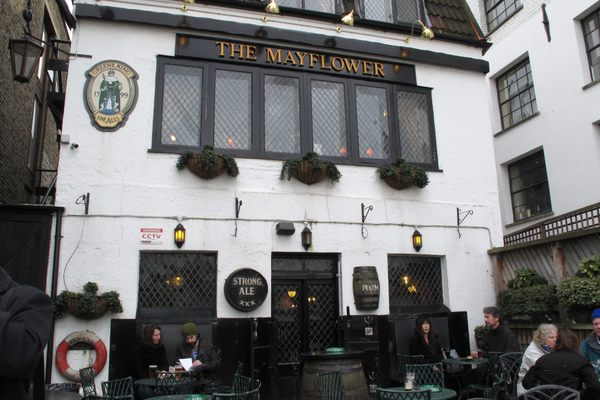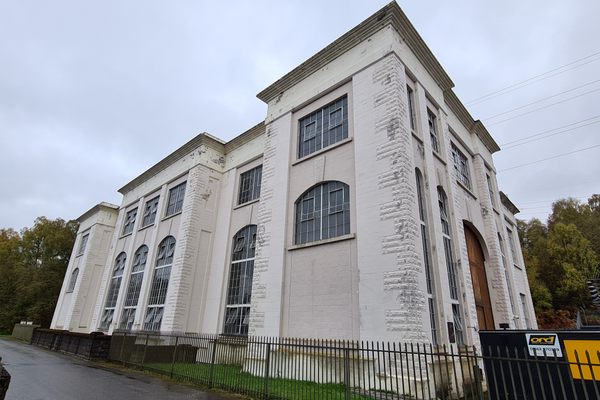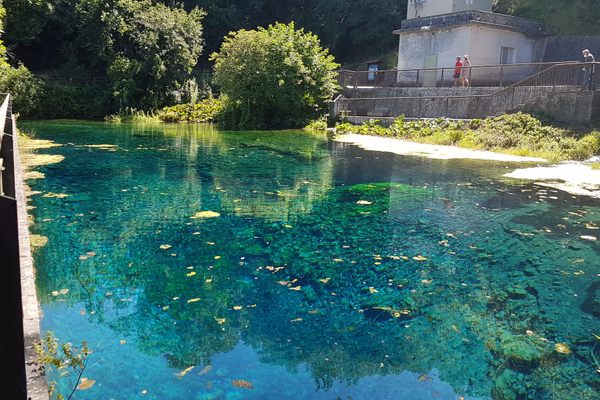AO Edited
Wapping Hydraulic Power Station
This hydraulic power system in London was, at one time, seen as a rival to electricity and the last of its kind to shut down.
This former power station was the last operating unit of a hydraulic power distribution system that once competed with electricity to power the machines of the city of London.
In the 19th century, before the availability of public electricity, cities needed the power to drive machinery for industrial use as well as services like elevators, cranes, and theatre machinery. Many cities used locally-placed steam engines, but in several places in the United Kingdom and other countries, the steam engines were centralized and the power was distributed hydraulically. Often these were relatively local, serving large docks and the like, but in some cases, this was on a city-wide basis and large public companies were established to operate these systems.
Wapping Hydraulic Power Station, which was built in 1890, was the last operating not only in the U.K. but the world. The power station was one of five operated by the London Hydraulic Power Company, which was established in 1883 by an act of Parliament and operated until 1977. The company even purchased a former subway tunnel (Tower Subway) under the Thames to get hydraulic power south of the River Thames. The same tunnel also carried steam pipes to utilize the waste heat from the steam engines. Hydraulic pipes also passed over the Thames along some of the bridges.
Miles of cast iron hydraulic pipes were installed in the cities to drive such things as factory machinery, printing presses, elevators, and even the safety curtain and backdrop mechanisms of the London Palladium theater. The systems kept operating for years after the advent of public electricity supplies, with the Wapping Power Station closing in 1977. Similar hydraulic power systems operated in Liverpool, Manchester, Hull, and Glasgow but none lasted as long.
The station initially used a steam engine to pump water into water accumulator towers, where it was stored and energy could be released on demand. This allowed the steam engine to be in a more environmentally acceptable place and the economies of scale allowed both higher chimneys and bigger, more efficient engines. It also allowed the energy, produced at times of low demand, to be harvested when required by means of hydraulically powered motors at the point of use. Because these devices were so reliable the system managed to carry on until late in the 20th century.
The Wapping station was converted to an art gallery and restaurant complex for a while in the 1990s in a redevelopment scheme known as the Wapping Project. The freehold was sold in 2013, and in 2019 planning consent was given for conversion to a complex with offices and restaurants.






















Follow us on Twitter to get the latest on the world's hidden wonders.
Like us on Facebook to get the latest on the world's hidden wonders.
Follow us on Twitter Like us on Facebook